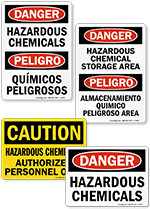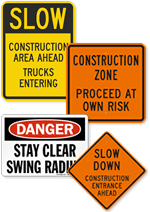Higher injury and fatality rate for Hispanic workers

Hispanic workers are at higher risk for injuries and fatalities in occupations like bricklaying and scaffold work. [Photo courtesy of constructionphotographs.com]
According to the report released by committee vice chair Senator Amy Klobuchar, the number of Hispanic workers filling high-risk occupations is on the rise. In 2012, they comprised 24.4 percent of the construction workforce (the No. 1 industry for fatal occupational injuries in 2012, according to the Department of Labor), 16.2 percent of the transportation industry (No. 2 for fatalities) and 22.5 percent of the agriculture industry (No. 3).
Within each industry, Hispanic workers also face a higher risk of on-the-job injuries and death than their non-Hispanic counterparts, according to a 2012 report from the Department of Labor.
Many government and non-profit agencies agree that language barriers and undocumented workers contribute to this disparity. In Texas, a survey from the Workers Defense Project found that half of the construction workers surveyed were undocumented, 81 percent were Hispanic, 73 percent were foreign-born, and 73 percent of the undocumented workers had not received basic safety training – compared to just 40 percent of the U.S.-born workers who were surveyed. Nationwide, the Centers for Disease Control and Prevention found that the rate of fatal injuries for foreign-born Hispanic workers was 69 percent higher than for native-born workers, according to an article from UL Workplace Health and Safety.
The Border Security, Economic Opportunity, and Immigration Modernization Act (S. 744), which was passed by the Senate in June, contains several provisions that could “bring millions of workers out of the shadows,” according to Jorge Ramirez, president of the Chicago Federation of Labor, and provide greater protections for immigrant workers:
- The proposed “Blue Card” system would enable currently undocumented farm workers to obtain legal status. A University of Illinois study has found undocumented workers face unsafe working conditions more often than legal immigrants.
- Through the “W-Visa” program, immigrants could receive temporary visas to legally work for employers registered as “Designated Agricultural Employers.” Under this program, the employer must offer “the same benefits, wages, and working conditions to similarly situated U.S. workers.”
- The “POWER Act” would provide increased legal protection for immigrant workers who are the subject of workplace abuse or “whistleblower” retaliation.
Category: Construction















